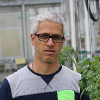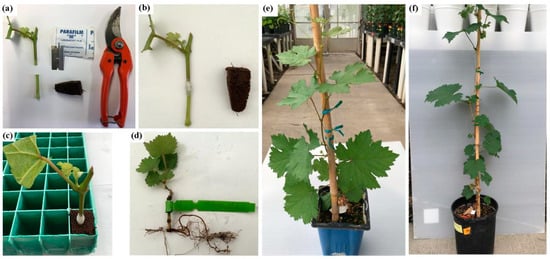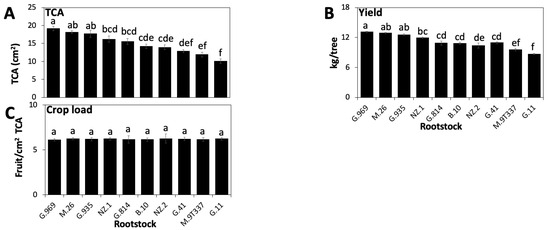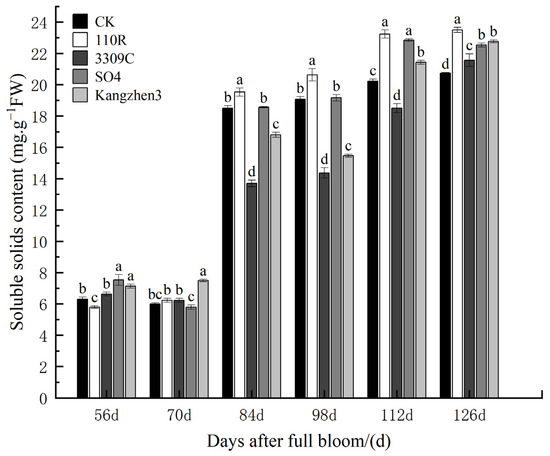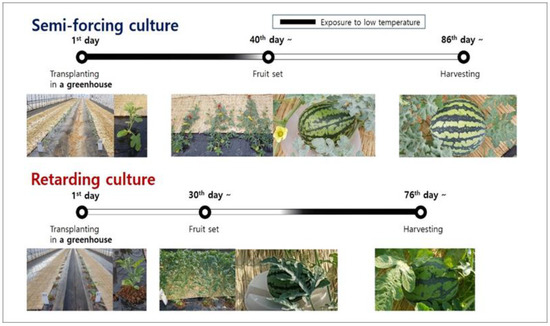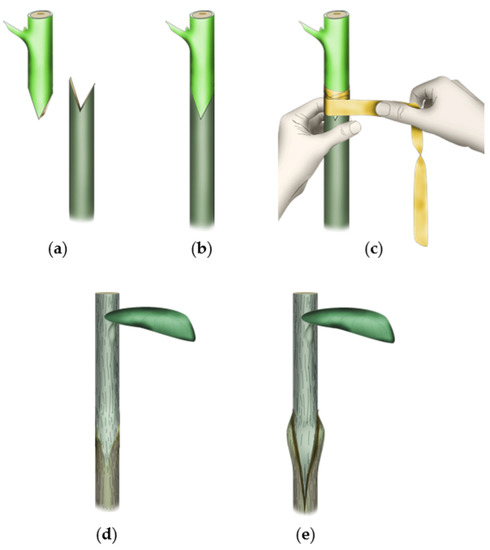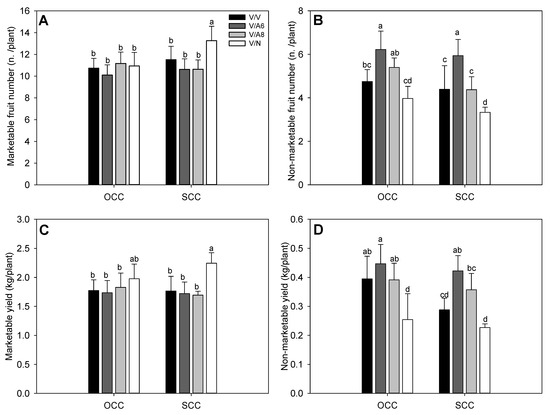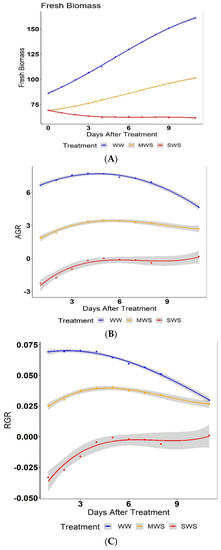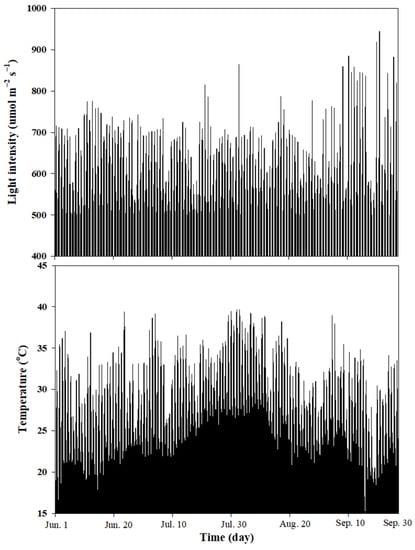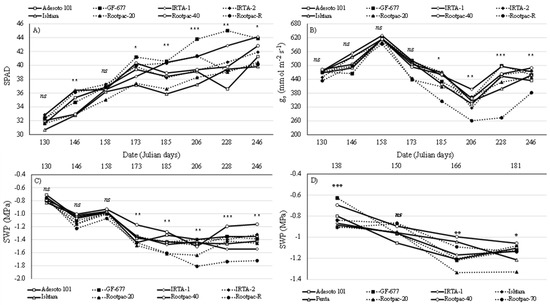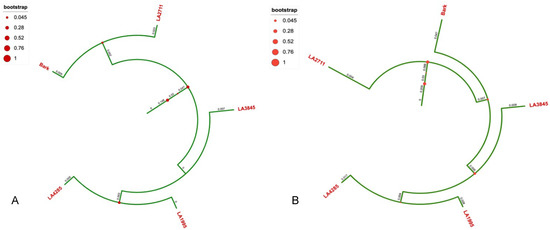Scion-Rootstock Interaction in Horticultural Crops: Physiological and Agronomic Implications
A topical collection in Agronomy (ISSN 2073-4395). This collection belongs to the section "Horticultural and Floricultural Crops".
Viewed by 28369Editors
Interests: greenhouse crops; vegetables production; hydroponics and aquaponics; plant nutrition; microgreens; sprouts; edible flowers; functional foods; grafting; microbial and non-microbial biostimulants; biofortification; vegetable quality related to preharvest factors; LED; urban agriculture; organic farming
Special Issues, Collections and Topics in MDPI journals
Interests: microgreens; sprouts; functional food; crop production; plant nutrition; fertilizers; organic farming; organic agriculture; nutrient management; biofertilizers; vegetable production; fruit quality; fertigation; hydroponics; vegetable crops; biofortification
Special Issues, Collections and Topics in MDPI journals
Interests: horticulture; vegetable science; grafting; microgreens; fruit and vegetable quality; ripening physiology; postharvest physiology; carbohydrate metabolism; phytochemicals; functional compounds
Special Issues, Collections and Topics in MDPI journals
Topical Collection Information
Dear Colleagues,
Grafting is among the most ancient agricultural techniques, having been practiced since 2000 BCE. Grafting is the union of two or more pieces of living plant tissue, the root system (rootstock) and the shoot (scion), which are forced to develop vascular connection and grow as a single and unique plant. This agricultural technique is most commonly employed for perennial crop species (fruit trees, nuts and grapevines), and in the last four decades it has also expanded to vegetable species. Vegetable grafting is widely used in Cucurbitaceous (cucumber, melon and watermelon) and Solanaceous crops (eggplant, pepper and tomato) as well as Asteraceae species (artichoke). Grafting of perennial and seasonal crops provides opportunities to exploit natural genetic variation for specific root traits to influence the phenotype of the scion. By selecting a suitable rootstock, grafting can manipulate scion morphology and physiology and can manage biotic stresses including foliar and soil borne pathogens, arthropods, viral diseases, weeds and nematodes, as well as abiotic stresses such as thermal stress, drought, salinity, soil nutrient deficiency and imbalance, adverse soil pH (alkalinity and acidity), heavy metal contamination and organic pollutants. This Special Issue invites Original Research, Technology Report, Methods, Opinion, Perspectives and Reviews and Mini Reviews dissecting grafting as a sustainable agro technology for enhancing tolerance to abiotic stresses and reducing disease damage. Of interest are also potential contributions dealing with genetic resources for rootstock breeding, practices and technologies of rootstock breeding, rootstock-scion signaling as well as the physiological and molecular mechanisms underlying graft compatibility. In addition, the effect of grafting on vegetable quality, practical applications and nursery management of grafted seedlings and specialty crops (e.g. artichoke and bean) will be considered within the general scope of the Special Issue. We highly believe that this compilation of high standard scientific papers on principles and practices of vegetable grafting will foster discussions within this important field.
Prof. Dr. Youssef Rouphael
Prof. Dr. Giuseppe Colla
Dr. Marios Kyriacou
Guest Editors
Manuscript Submission Information
Manuscripts should be submitted online at www.mdpi.com by registering and logging in to this website. Once you are registered, click here to go to the submission form. Manuscripts can be submitted until the deadline. All submissions that pass pre-check are peer-reviewed. Accepted papers will be published continuously in the journal (as soon as accepted) and will be listed together on the collection website. Research articles, review articles as well as short communications are invited. For planned papers, a title and short abstract (about 100 words) can be sent to the Editorial Office for announcement on this website.
Submitted manuscripts should not have been published previously, nor be under consideration for publication elsewhere (except conference proceedings papers). All manuscripts are thoroughly refereed through a single-blind peer-review process. A guide for authors and other relevant information for submission of manuscripts is available on the Instructions for Authors page. Agronomy is an international peer-reviewed open access monthly journal published by MDPI.
Please visit the Instructions for Authors page before submitting a manuscript. The Article Processing Charge (APC) for publication in this open access journal is 2600 CHF (Swiss Francs). Submitted papers should be well formatted and use good English. Authors may use MDPI's English editing service prior to publication or during author revisions.
Keywords
- perennial crop species
- fruit trees
- vegetables
- breeding
- rootstocks
- ripening
- abiotic/biotic stressors
- fruit quality
- physiological mechanism
- bioactive content
- compatibility
- rootstock-scion interaction
- hormonal signaling
- nursery




